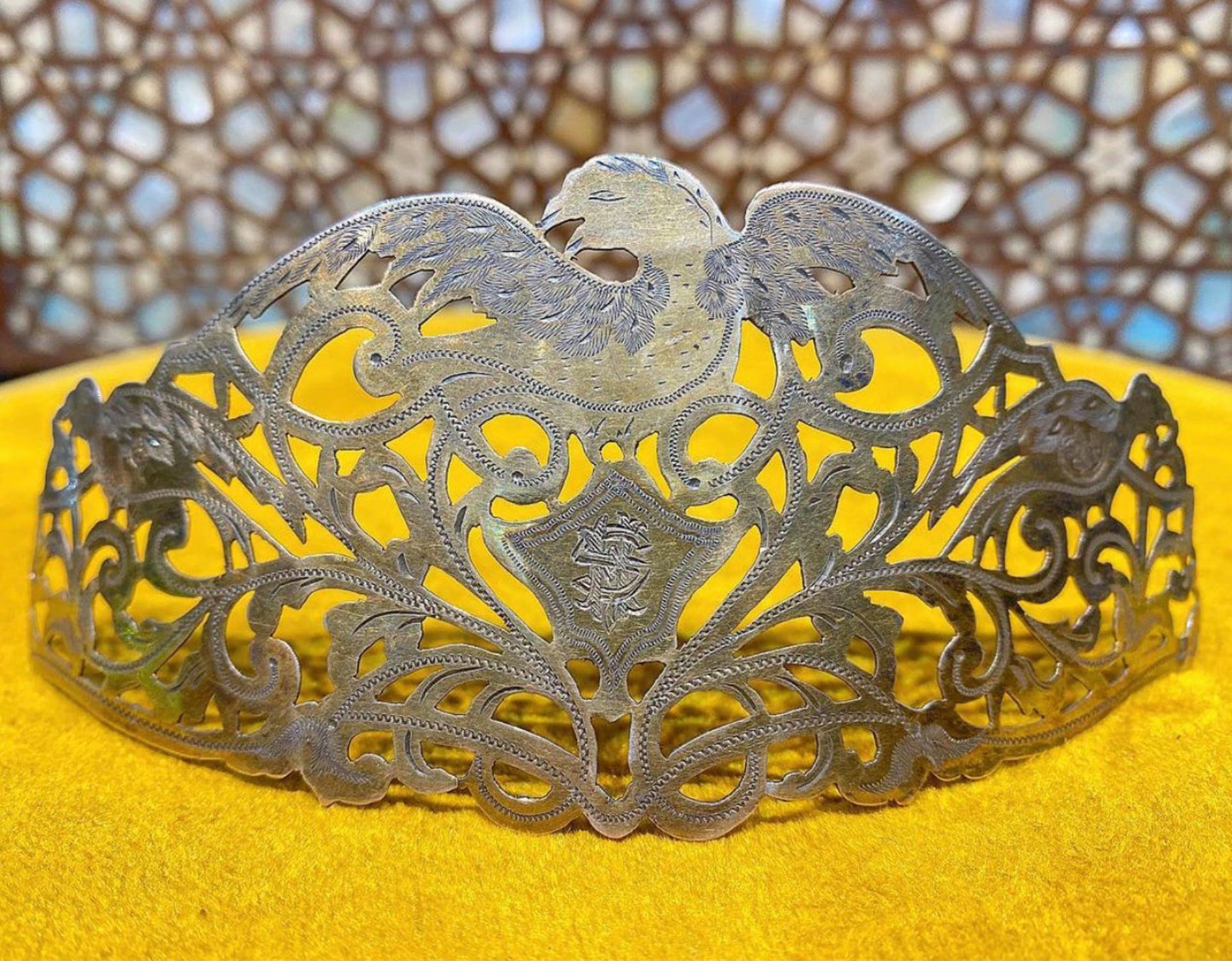By Nuray Bilgili



By Nuray Bilgili



From the Robert Zehil Gallery in Monaco
“Twenty years ago on December 2, 1997, I was visiting the Drouot salerooms in Paris when 1 noticed this superb comb in a display cabinet and coming up for auction the next day. Though it bore Becker’s monogram the auction catalog described it as being anonymous with an estimate of 2,000 francs (about $350).
The next day I showed up and stood by the door as I just wanted to buy it and walk away. When the lot came up it was about to be sold to me at 3,000 francs when a little old lady in the third row rose her hand and wouldn’t let go until I finally bought it for about $5,000. I was about to depart having been given a receipt to retrieve the item when I noticed the old lady get up, slowly put her coat on and walk towards to exit door her face filled with sadness. A hundred thoughts went through my mind: She is Becker’s daughter, or relative or may be she is buying for a museum. Feeling terrible about it I decided to offer it to her as a gift. We do donate to museums. Why not to this poor old lady ?
As she passed by me I interpellated her and told her I was the person who bought the comb. She looked at me with tears in her eyes.
I asked her :
– Are you a relative of the artist?
– No
– Were you bidding on behalf of a museum ?
– No
– But you knew who designed that comb ?
– No
– Then why did you bid it up that high ?
– I wanted it so badly
– Why didn’t you go to the Louvre des Antiquaires (a mall for antiques) ? They have lots of beautiful combs at a tenth of that price.
– You don’t understand. I wanted that one in particular. I thought that by shaving its teeth and drilling it at the top it would make a beautiful pendant.
I nearly strangled her and had I done so every dealer in the world would have approved. The good side to the story is that one more time a dealer managed to save an artwork from total destruction.”
http://robertzehilgallery.com/top-story-by-robert-zehil-henri-edmond-becker-comb-1902/